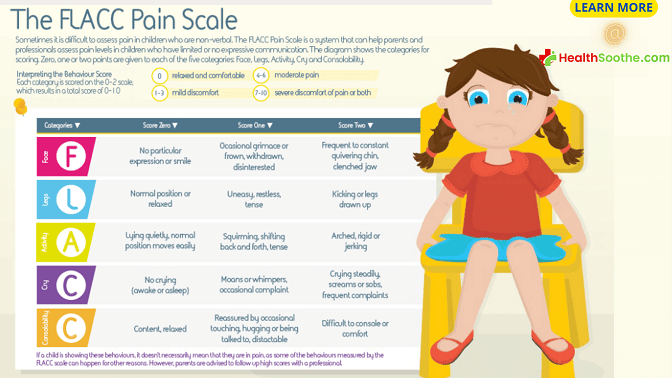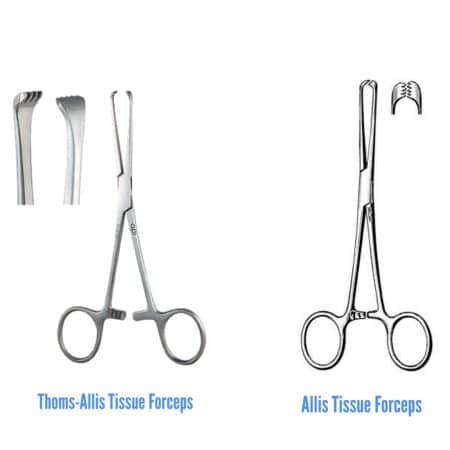Advancements in medical science and technology have transformed how we understand, diagnose, and treat many diseases. One of the most impactful tools in modern diagnostic research is the Enzyme-Linked Immunosorbent Assay or ELISA assay.
You might ask, 'what exactly is an ELISA assay?' In simple terms, it's a biochemical method that detects the presence of specific proteins, such as antibodies or antigens, in a sample. It's an essential tool in immunology, used extensively in disease diagnosis and biomedical research. If you are a researcher or a diagnostic professional, you can easily shop ELISA assay kits from various biotechnological vendors.
Convert PDF to MS Excel effortlessly with our tool. Extract data quickly and accurately for easy editing and analysis in Excel.
ELISA Assay: A Brief Overview
The ELISA assay is a widely used technique for disease identification, including HIV, Lyme disease, and specific cancers. This powerful tool uses the immune system's response to foreign substances to detect and quantify specific analytes accurately. It provides valuable diagnostic information, aiding in the early detection and effective management of these diseases. The ELISA assay's versatility and sensitivity make it an indispensable tool in diagnostic research.
The Role Of ELISA In Diagnostic Research
As mentioned, the ELISA assay is an indispensable tool in diagnostic research, particularly for identifying infectious diseases. Its ability to provide early and accurate diagnosis is crucial due to certain infections' severity and widespread nature. By detecting and quantifying specific analytes, the ELISA assay helps researchers and clinicians effectively manage and control infectious disease spread. Its reliability and sensitivity make it a key component in diagnostic protocols and research studies in the field.
Understanding The Process Of ELISA Assay
The ELISA assay is a complex technique that involves multiple steps, including coating a solid surface with an antigen, blocking unbound sites, incubating with the sample containing the analyte, and adding an enzyme-linked antibody specific to the analyte. This is followed by adding a substrate, resulting in a measurable signal. By understanding each step of the ELISA assay, researchers and clinicians can effectively utilize this technique to detect and quantify specific analytes in various samples for diagnostic purposes.
Practical Applications Of The ELISA Assay
The ELISA assay has a wide range of practical applications. One of its key uses is the detection of viral and bacterial infections, allowing for early diagnosis and treatment. Additionally, ELISA is used to identify allergens in food samples, helping to ensure food safety. In research fields, ELISA has become an essential tool for studying antibody-antigen interactions and for quantitative analysis. Its versatility and accuracy make ELISA an indispensable technique in various scientific disciplines.
Various Types Of ELISA Assays
The ELISA assay has several types, including direct, indirect, sandwich, and competitive ELISAs. Direct ELISAs utilize an antibody against the antigen, while indirect ELISAs utilize a secondary antibody conjugated to an enzyme. Sandwich ELISAs capture antigens between two antibodies, and competitive ELISAs measure the competing nature of antibodies. Choosing the appropriate type of ELISA based on the diagnostic needs is crucial, as each type has advantages and disadvantages in terms of sensitivity, specificity, and accuracy.
Key Advantages Of Using ELISA Assay
The ELISA assay offers several key advantages, which make it a widely used and go-to method in diagnostic research. These advantages include its high sensitivity, specificity, and accuracy in detecting specific analytes. Additionally, it is easy to perform, cost-effective, and highly versatile, allowing for its use in a wide range of research fields. These advantages make ELISA an efficient and effective diagnostic method that helps researchers and clinicians to perform accurate and timely diagnoses.
Potential Limitations Of The ELISA Assay
While the ELISA assay has numerous advantages, it also has limitations. Some common limitations include the possibility of false positive or false negative results, limited dynamic range, and the requirement for sophisticated laboratory equipment. Additionally, cross-reactivity and interference from matrix components can affect the accuracy of results. Awareness of these limitations helps researchers and clinicians make informed decisions and take appropriate measures when planning and interpreting the results of an ELISA assay.
Future Perspectives On ELISA Assay
The future of ELISA assays looks promising as advancements in technology and research continue to shape their effectiveness. Researchers are exploring improvements such as miniaturization, automation, and multiplexing to enhance the efficiency and sensitivity of ELISA assays. Additionally, integrating nanotechnology and microfluidics may lead to the development of portable and point-of-care ELISA assays. These advancements can potentially revolutionize the field and make ELISA assays even more powerful and accessible in various diagnostic and research applications.
Conclusion
The ELISA assay represents a cornerstone of diagnostic research. Its adaptability, efficiency, and accuracy make it an indispensable tool in our fight against disease. However, like all scientific methods, it has its limitations. Future advancements may help us overcome these drawbacks, further strengthening the ELISA assay's role in diagnostic research.



